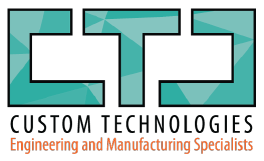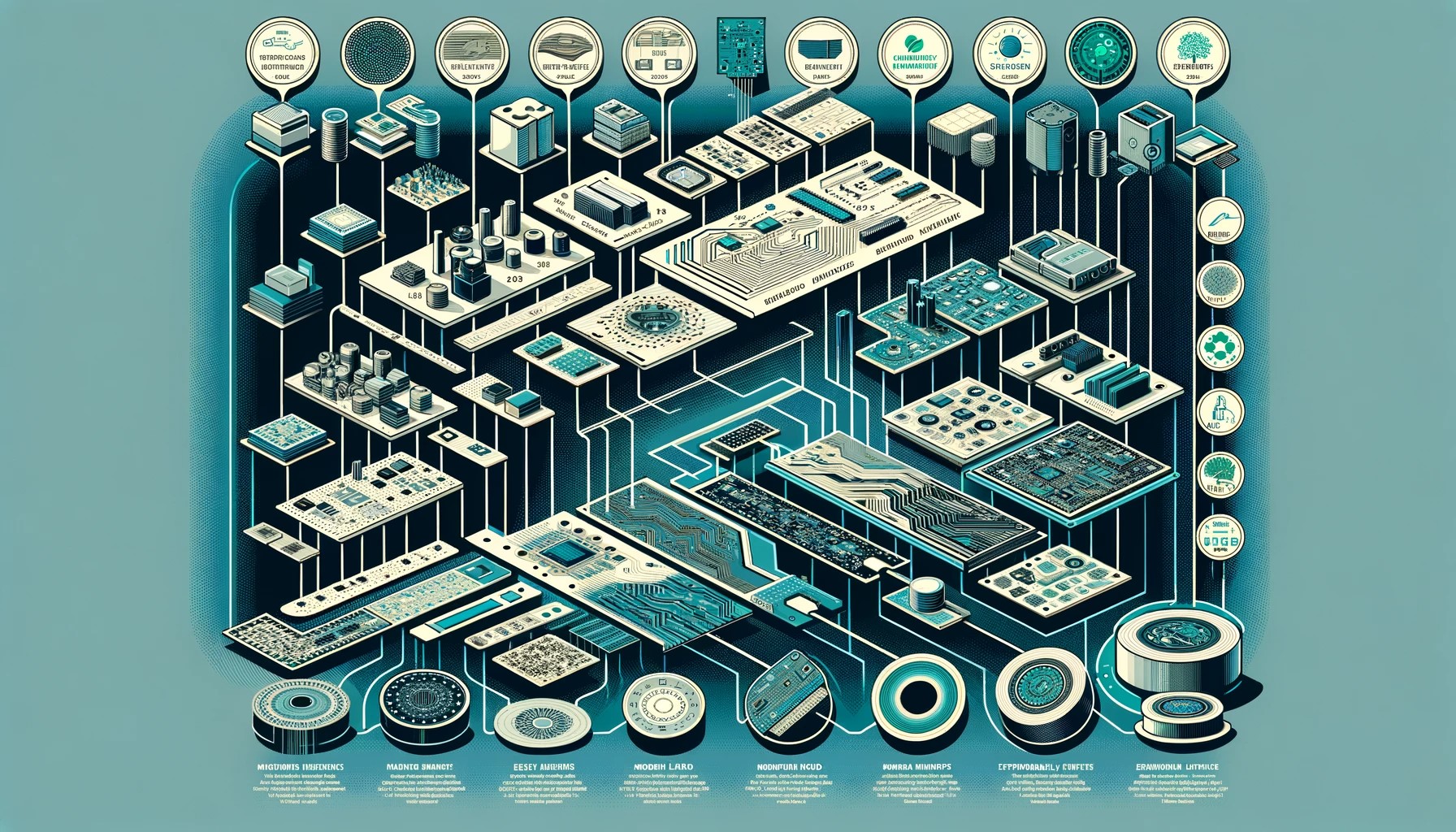Introduction
The story of Printed Circuit Boards (PCBs) is a testament to the relentless pursuit of innovation in electronics. From the rudimentary materials of the early 20th century to today’s advanced substrates, the evolution of PCB materials has been pivotal in shaping the modern world of technology.
From Bakelite to High-Speed Laminates
The journey began in the 1920s with materials like Bakelite and wood. These early PCBs, though basic, laid the groundwork for future advancements. By the 1960s, Hazeltine Corporation’s invention of plated through-hole technology and IBM’s development of Surface Mount Technology (SMT) marked significant milestones, enabling closer component spacing and more efficient assembly.
The Rise of Integrated Circuits and Miniaturization
The 1970s witnessed the dawn of the microprocessor, an era that revolutionized PCB design by integrating circuits into compact, efficient layouts. This period set the stage for the intense miniaturization that characterized the electronics of the 1980s and 1990s.
Digital and Internet Age: A New PCB Landscape
In the digital age, the usage of silicon and Ball Grid Arrays (BGAs) became widespread, facilitating the embedding of memories and systems on a chip (SoC). Designers began to incorporate Design for Test (DFT) strategies, shifting the focus to the IC, and ushering in a new era of PCB design.
The Modern Era: Advanced Materials and Sustainability
Today, we stand at the cusp of a new revolution in PCB materials. The industry is moving towards high-speed laminates and environmentally friendly substrates, focusing on sustainability while maintaining the performance and reliability that modern electronics demand.
The Future of PCB Materials
As we look to the future, emerging technologies like photonics and flexible circuitry are set to redefine PCB design. The challenge now lies in continuing innovation while addressing sustainability and the need for new talent in the industry.
Conclusion
The evolution of PCB materials has been a driving force behind the extraordinary advancements in electronics. From simple beginnings to today’s complex, multi-layered boards, the journey of PCB materials mirrors the relentless progress of technology itself. As we embrace the future, the lessons of the past and the innovations of the present will guide us in shaping the next generation of electronics.


